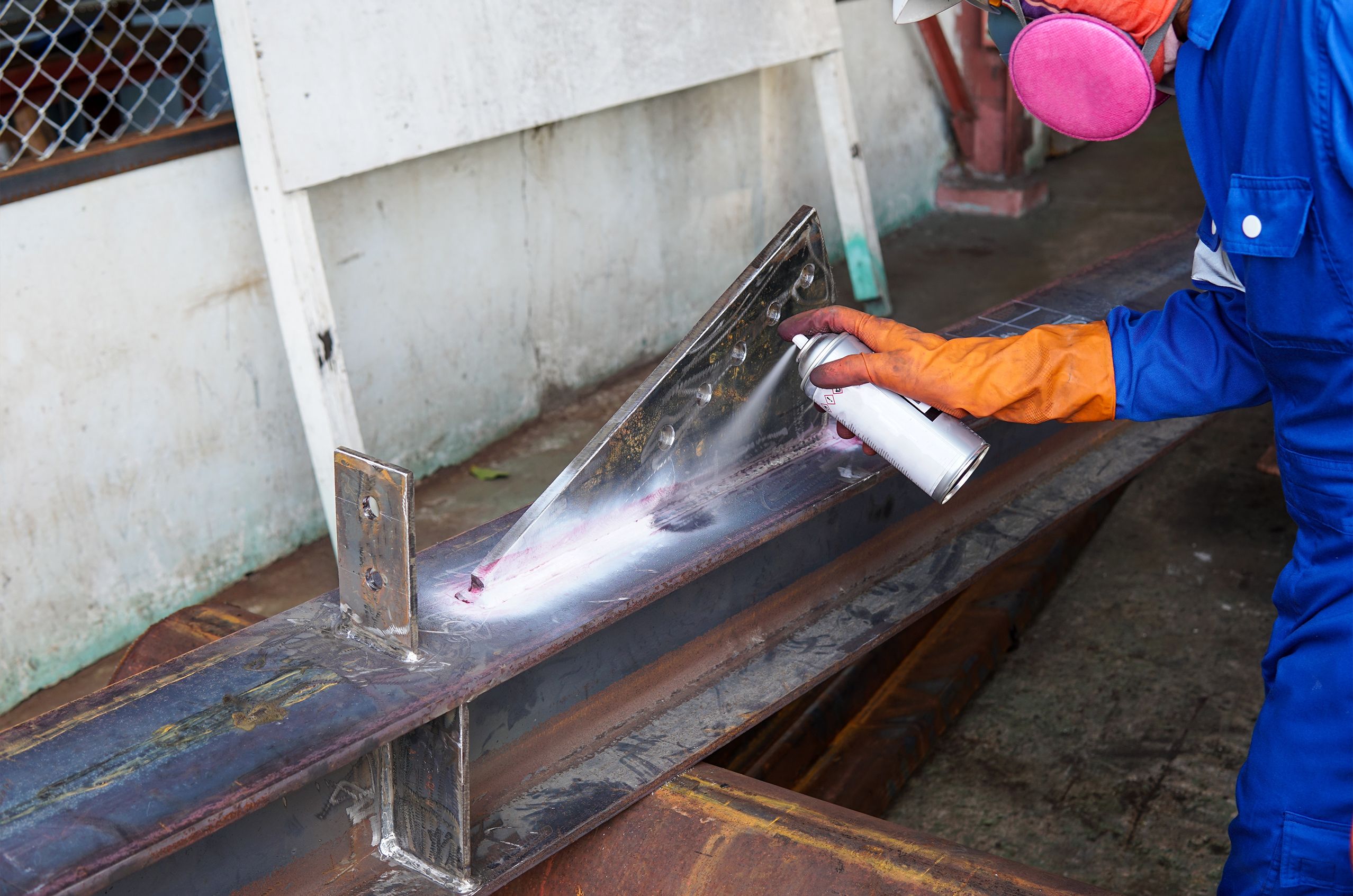Nondestructive testing (NDT) is a vital field that allows for the evaluation of materials, components, and systems without causing harm or disruption. These innovative techniques are key to maintaining safety, reliability, and efficiency in industries such as aerospace, construction, manufacturing, and energy. By employing methods like radiographic testing, ultrasonic testing, and electromagnetic testing, NDT professionals can detect flaws, prevent failures, and ensure the longevity of critical assets.
Explore the diverse range of NDT methods, each designed to address specific challenges and enhance the quality and safety of industrial applications.











